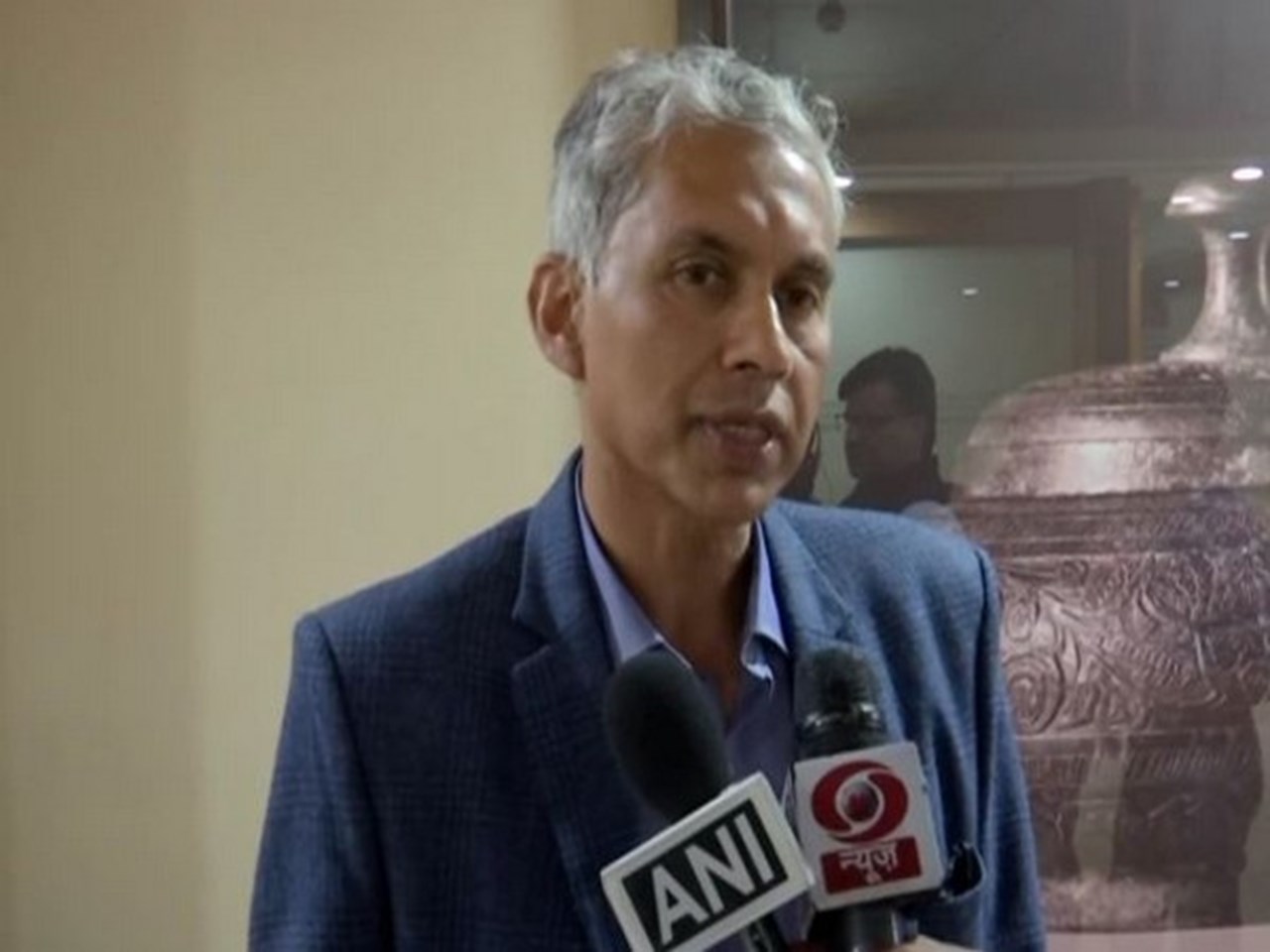While similar technology has been demonstrated in the past using large dish antennas and powerful sources, Chris Davlantes, founder and CEO of Reach, claims that recent advances in high-power antennas that can precisely focus beams of energy, as well as software improvements for control, have made it possible to create efficient wireless power transmission systems.
Davlantes showed Reuters how a radio could be powered without batteries by connecting it to an antenna-based wireless power receiver from a distance of up to 25 feet (7.6 metres).
When asked if it was safe to fire more powerful electrical beams, Dalvantes replied that the systems can detect objects and turn off or route around them. When in the vicinity of one of our systems, he said, “we always guarantee that you are getting exposure that meets the same limits as all of the cellphones.”
Also Read: Ways Parents Can Help Their Children Break Free From Technology Addiction

According to him, the United States Department of Defense has contracted with Reach to develop prototypes of energy beaming systems that can combine multiple modules to increase power output or increase range.
In addition, Reach has developed an energy-emitting and -receiving power chip for use in the commercial products it expects to begin shipping in the first quarter. Robotics and autonomous vehicle manufacturers and logistics firms are among the first customers.
Reach will “do for power what Wi-Fi did for access to the Internet – cut the cord,” according to DCVC co-founder and round leader Matt Ocko. He claimed that while there are similar companies, none of them can compete with Reach’s “combination of power, distance, scalability, power efficiency, safety, and cost-effectiveness.”
Also Read: Google, Microsoft and 15 other technology companies headed by Indian-origin executives
According to him, the US Department of Defense has contracted with Reach to develop prototypes of energy beaming systems that can combine multiple modules to increase power output or increase range.
In addition, Reach has developed an energy-emitting and -receiving power chip for use in the commercial products it expects to begin shipping in the first quarter. Robotics and autonomous vehicle manufacturers and logistics firms are among the first customers.
Reach will “do for power what Wi-Fi did for access to the Internet – cut the cord,” according to DCVC co-founder and round leader Matt Ocko. He claimed that while there are similar companies, none of them can compete with Reach’s “combination of power, distance, scalability, power efficiency, safety, and cost-effectiveness.”
Also Read: There Is a New “vintage” Technology that Generation Z Is Obsessed With.









